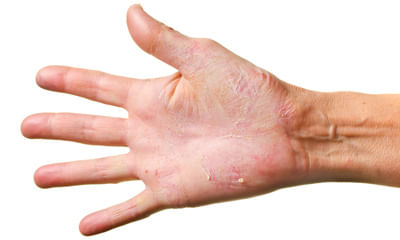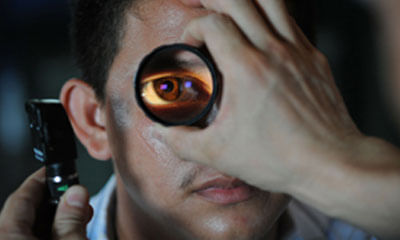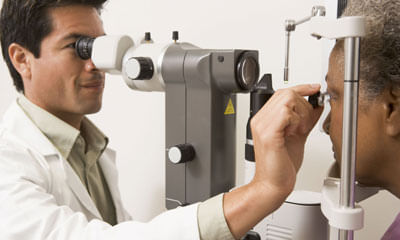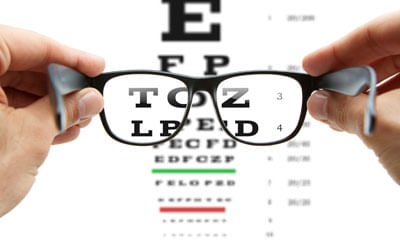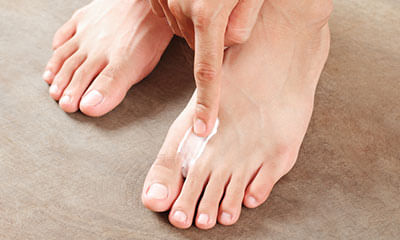Get the App
For Doctors
Login/Sign-up
Health Feed
AllQ&AsTipsQuizzes
Ocunepa Drop Health Feed
Asked for male, 27 years old from Imphal
Share
Bookmark
Report
Why would you need a disinfectant. While it sounds health conscious and a good thing in general to do, it may be unnecessary, unless you are having a skin problem. Again a skin problem will not appear if the body's defense wasn't weak to allow an infection to prevail in the first place. Also, the body, internally and externally, is made in a fashion that hosts (allows) microganisms to exist in a symbiotic relationship. They actually can be helpful to us. Probiotics for example. Using disinfectan...more
Asked for male, 28 years old from Asansol
Share
Bookmark
Report
Health Query
Share
Bookmark
Report
Health Query
Share
Bookmark
Report
First of all it is important to know the cause of macular edema. You have not mentioned that in you query. Second important factor is type of macular edema and cause of its persistence. Only giving anti vegf injection does not cure macular edema. One needs to find out the cause behind it and that should be targeted. Also nepafenac is not needed after anti vegf injections. So it is okay that your doctor did not prescribe nepafenac after the injection. Also it would be helpful if you share the typ...more
Asked for male, 24 years old from Pune
Share
Bookmark
Report
Asked for male, 26 years old from Pune
Share
Bookmark
Report
Asked for female, 87 years old from Thrissur
Share
Bookmark
Report
Asked for male, 26 years old from Jamshedpur
Share
Bookmark
Report
Hello. Nepalact (generic name- nepafenac) is an nsaid group of medicine, not a pressure controlling one. Flashes and floaters can be a normal thing also, but one should get the retina thoroughly checked first after any kind of injury to the eye. I would like to know when and why was pressure drops prescribed to you earlier? For how long you had taken it? What was the name of the medicine and how many times a day you were using it?
You can contact me anytime for discussing your case in detail...more
You can contact me anytime for discussing your case in detail...more
Asked for female, 1 years old from Shimla
Share
Bookmark
Report
Last Updated: 6 years ago• Featured Tip
Share
Bookmark
Report
To avoid dragging the toes, people with foot drop may lift their kneehigher than normal. Or they may swing their leg in a wide arc.
Foot drop can happen to one foot or both feet at the same time. It can strike at any age.In general, foot drop stems fromweakness or paralysis of the muscles that lift the foot. It can have many different causes. Treatments for foot drop vary according to the cause. Most common causes and treatments for foot drop.
What causes foot drop?
Fo...more
Foot drop can happen to one foot or both feet at the same time. It can strike at any age.In general, foot drop stems fromweakness or paralysis of the muscles that lift the foot. It can have many different causes. Treatments for foot drop vary according to the cause. Most common causes and treatments for foot drop.
What causes foot drop?
Fo...more
Ask a free question
Get FREE multiple opinions from Doctors
posted anonymously


